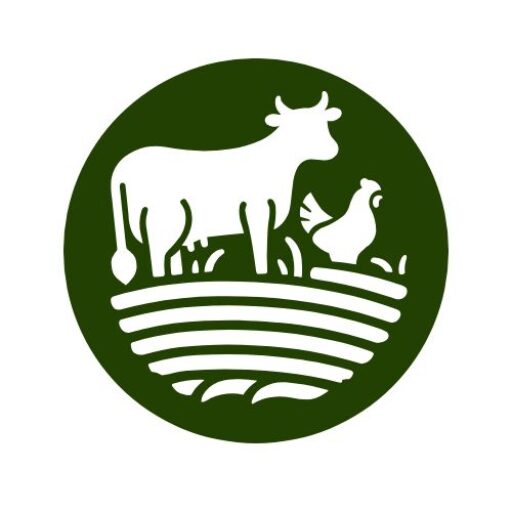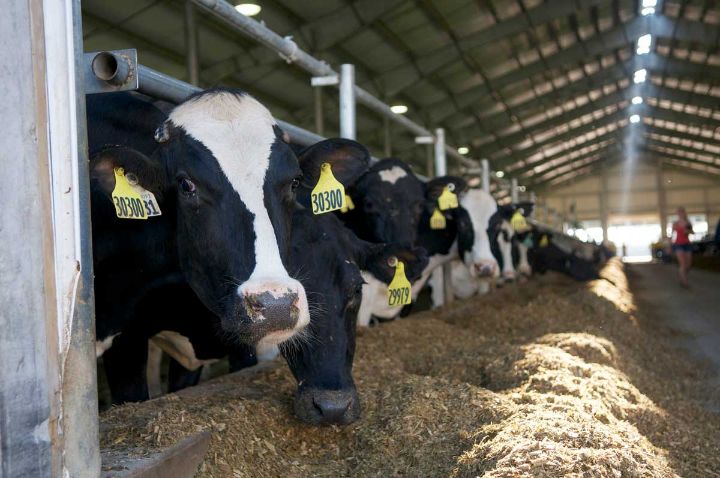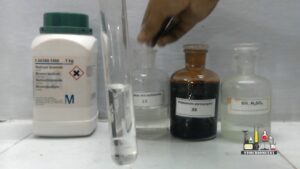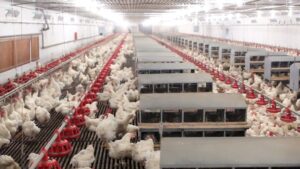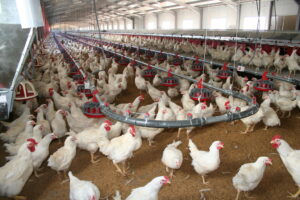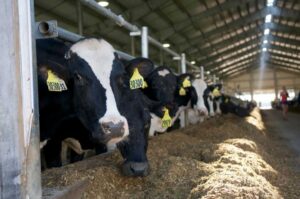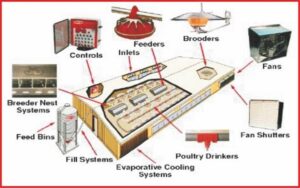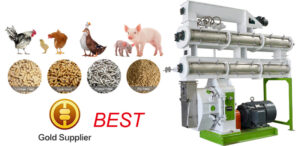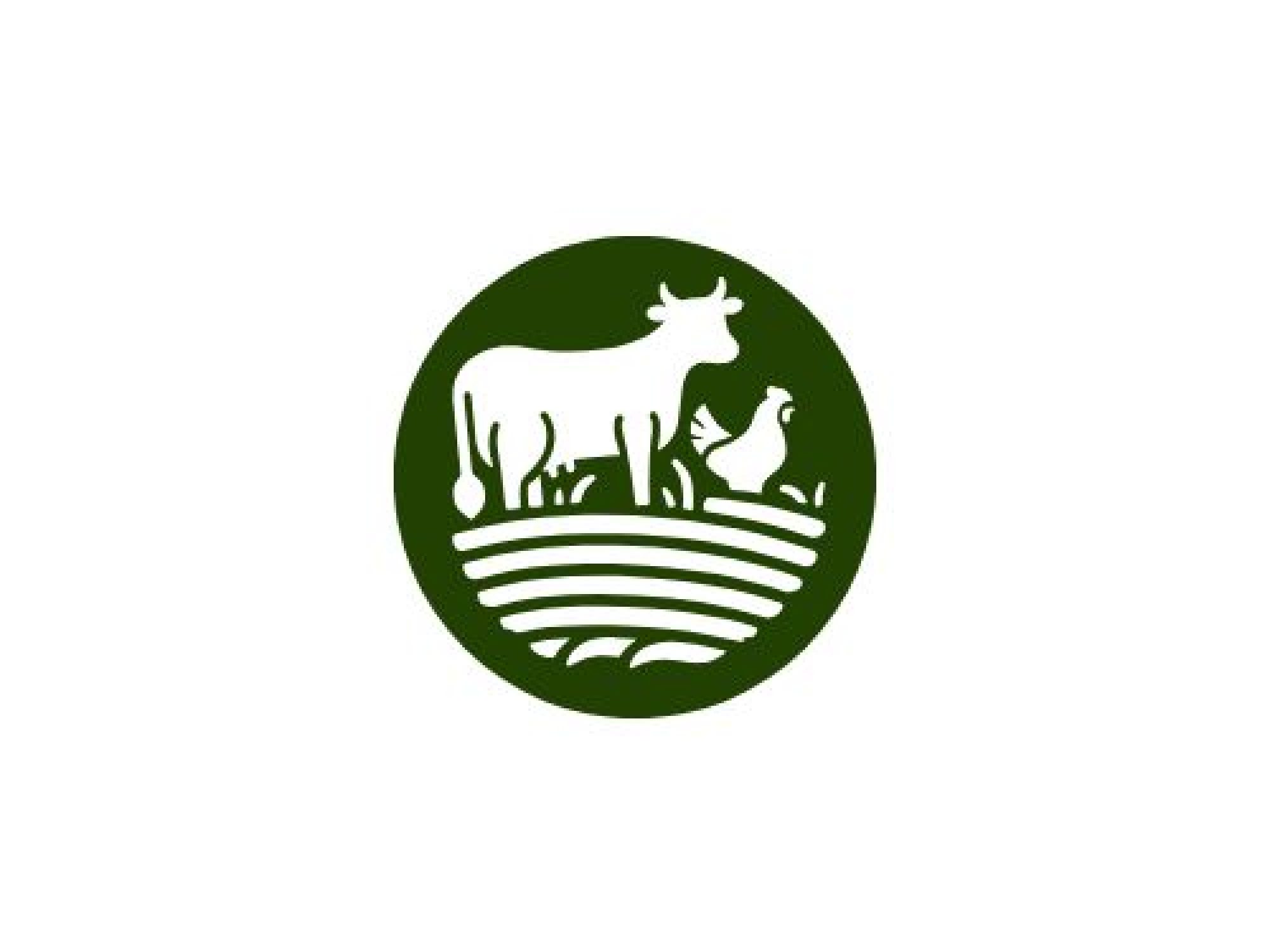Welcome to BioZoologica
BioZoologica is your trusted gateway into the captivating world of animal life, biodiversity, and zoological discovery. Our mission is to explore, educate, and inspire by providing scientifically accurate, engaging, and accessible contents/ Blocks about the fascinating biology, behavior, and conservation of animals/ livestock and their nutrition from the tiniest invertebrates to the grandest mammals.
We are deeply committed to addressing global challenges in animals and poultry nutrition. Our platform highlights key topics such as nutritional requirements, common deficiencies, metabolic disorders, and innovative, research-based solutions. Whether you're a student, researcher, veterinarian, farmer, or animal enthusiast, BioZoologica offers reliable resources to deepen your understanding of animal's health and welfare.
From groundbreaking studies to practical feeding strategies, we aim to bridge the gap between scientific research and real-world application. Join us on a journey through the animal kingdom as we uncover the wonders of life and the science that sustains it.
BioZoologica—Where Animal Science & Nutrition Meets Discovery.
